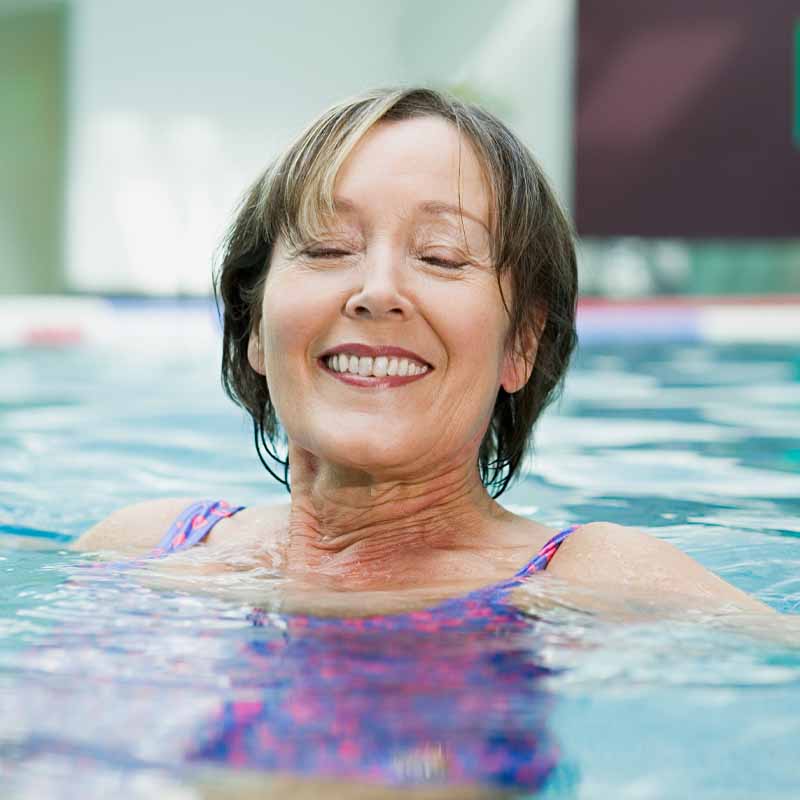Active Lives
Active Lives is the only digital intervention in the UK with evidence from a randomised controlled trial showing it helps older adults increase physical activity.
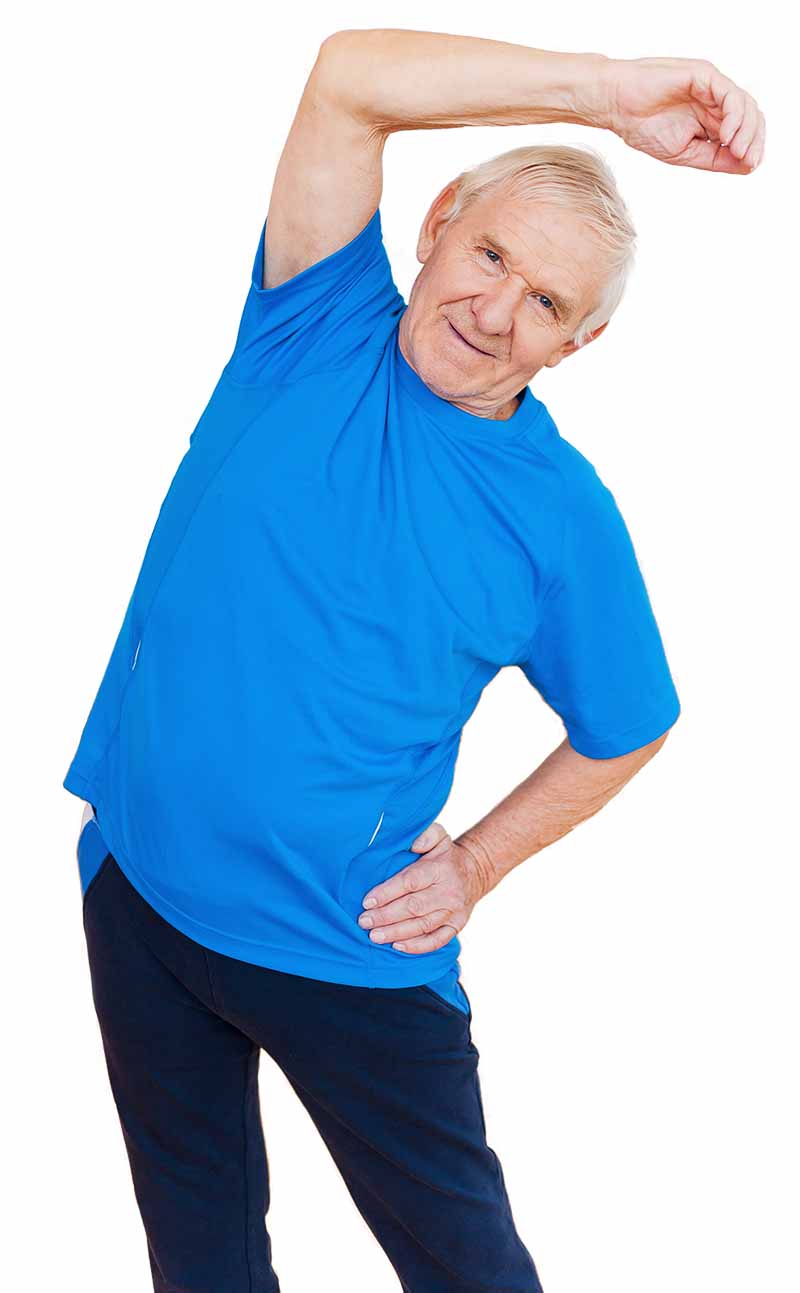
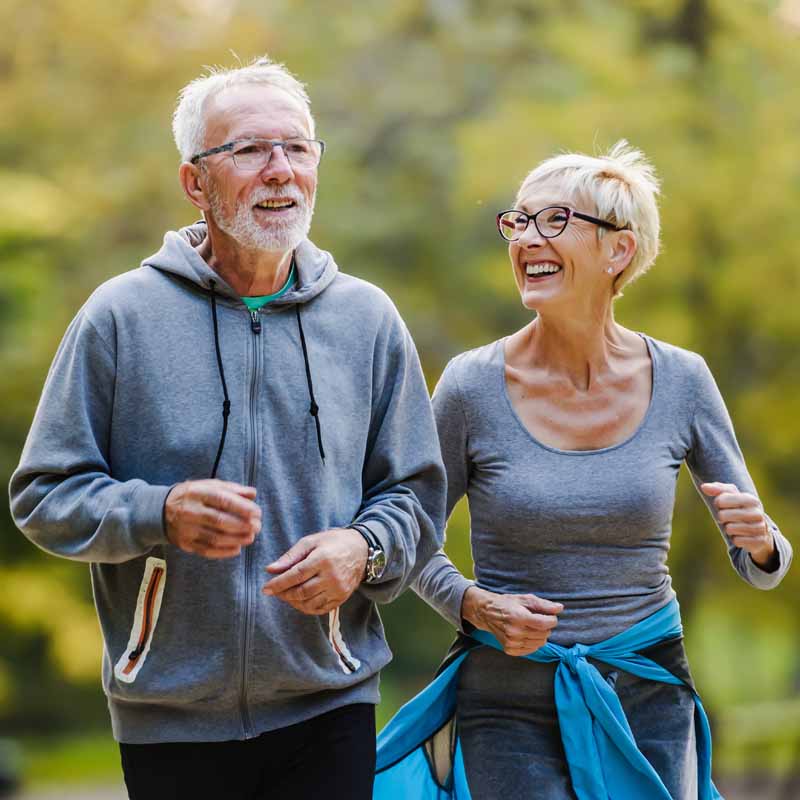
Only 12% of those aged 65+ and 6% of those aged 75+ are sufficiently physically active. Moreover, the pandemic has heightened two pre-existing problems:
- Increased deconditioning in older adults for multiple reasons (e.g. lockdowns and increased waiting lists).
- Increased pressure on services to deliver physical activity interventions to older adults—often without additional resources such as time and money.
Physical activity is key to preventing, treating and managing a wide range of long-term conditions.
What’s more, physical activity prevents frailty from progressing and so is key to anticipatory care and saving great costs down the line (e.g. frailty costs the NHS £5.8 billion per year and falls cost the NHS £4.4 billion per year).
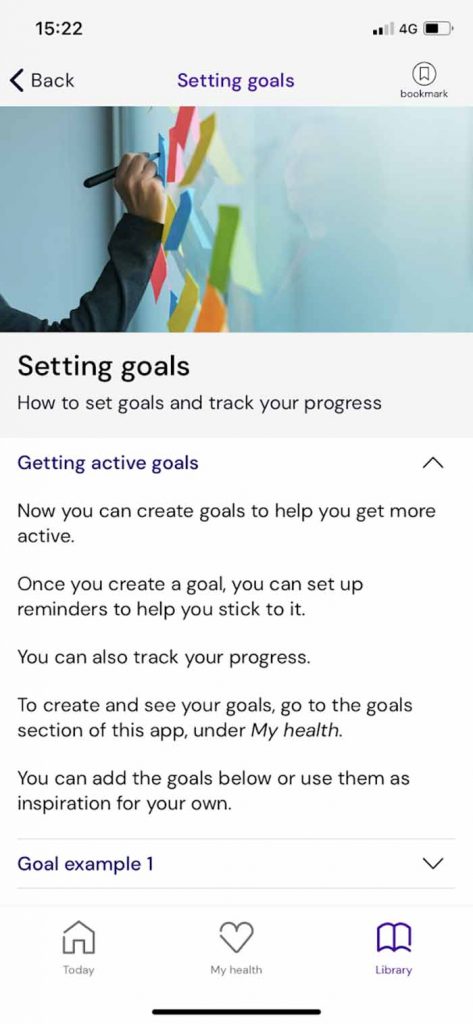
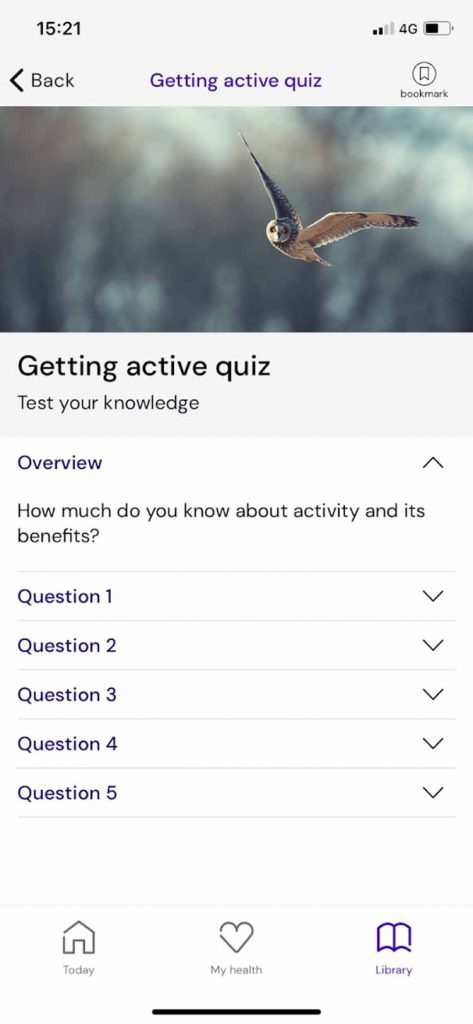
Solution
Active Lives is made up of three complementary programmes: Getting Active, Strength & Balance and Breaks from Sitting. The product is designed to help people with debilitating conditions increase their activity. The programmes include interactive and informative exercises, articles, quizzes and goal setting.
Results
Active Lives was developed by older adults (>60), leading physical activity experts, clinicians and behavioural scientists.
The randomised controlled trial (n=360) showed that at 12 months, those who used Active Lives increased moderate physical activity by 173 minutes a week more than those receiving usual care. They also increased strength training by 54 minutes per week more than those receiving usual care. There were no adverse events (e.g. falls).
Article on the Active Lives intervention
Essery, R., Denison-Day, J., Grey, E., Priestley, E., Bradbury, K., Mutrie, N., & Western, M. J. (2020). Development of the Digital Assessment of Precise Physical Activity (DAPPA) tool for older adults. International journal of environmental research and public health, 17 (21), 7949.
